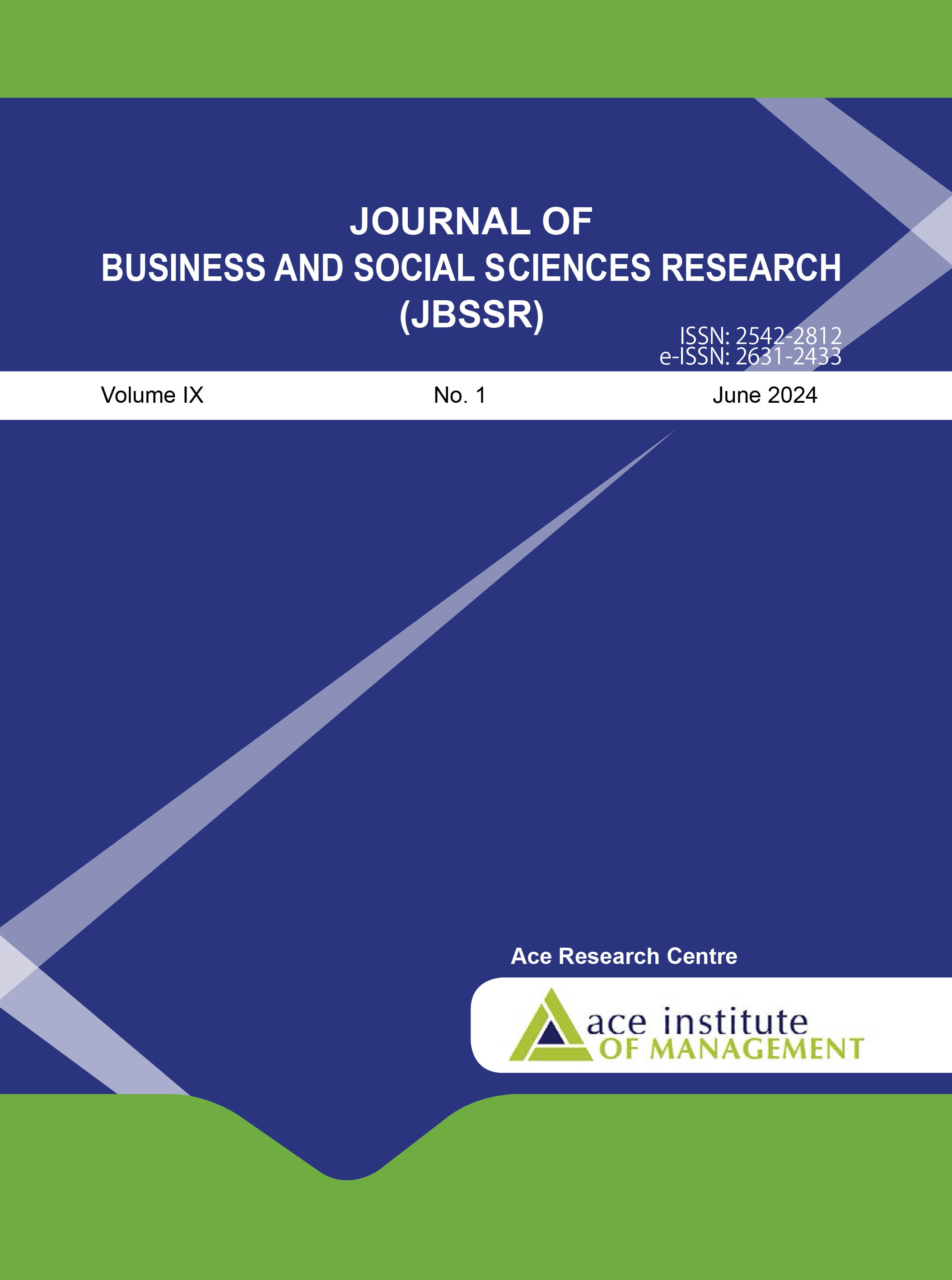Service Robots Acceptance among Customers of Insurance Companies: An Application of Service Robot Acceptance Model
DOI:
https://doi.org/10.3126/jbssr.v9i1.67985Keywords:
perceived ease of use, perceived humanness, perceived social presence, perceived usefulness, service robot acceptance modelAbstract
Drawing from the Service Robot Acceptance Model (sRAM), this paper investigates the acceptance of service robots among customers of Nepalese insurance companies. Using a cross-sectional survey design, data were collected from 243 customers of insurance companies through purposive sampling. Hypotheses were tested using Partial Least Squares Structural Equation Modelling (PLS-SEM). This paper found that Perceived Ease of Use (PEOU), Perceived Usefulness (PU), Subjective Social Norms (SSN), and Perceived Social Interactivity (PSI) significantly influence Customer Acceptance of Service Robots (CASR). Additionally, PEOU significantly influences PU, and SSN significantly influences PU. However, Perceived Humanness (PH), Perceived Social Presence (PSN), Rapport (RAP), and Trust (TR) do not significantly influence CASR. This paper provides a significant evidencebased framework for developers and managers to prioritise the functional aspects, social presence, and social interactivity of service robots in the Nepalese insurance companies. This paper is one of the pioneering studies to explain service robot acceptance among customers of insurance companies by applying the sRAM in the Nepalese context.
Downloads
Downloads
Published
How to Cite
Issue
Section
License
© JBSSR/AIM
Authors are required to transfer their Copyright to the Journal of Business and Social Sciences Research.




